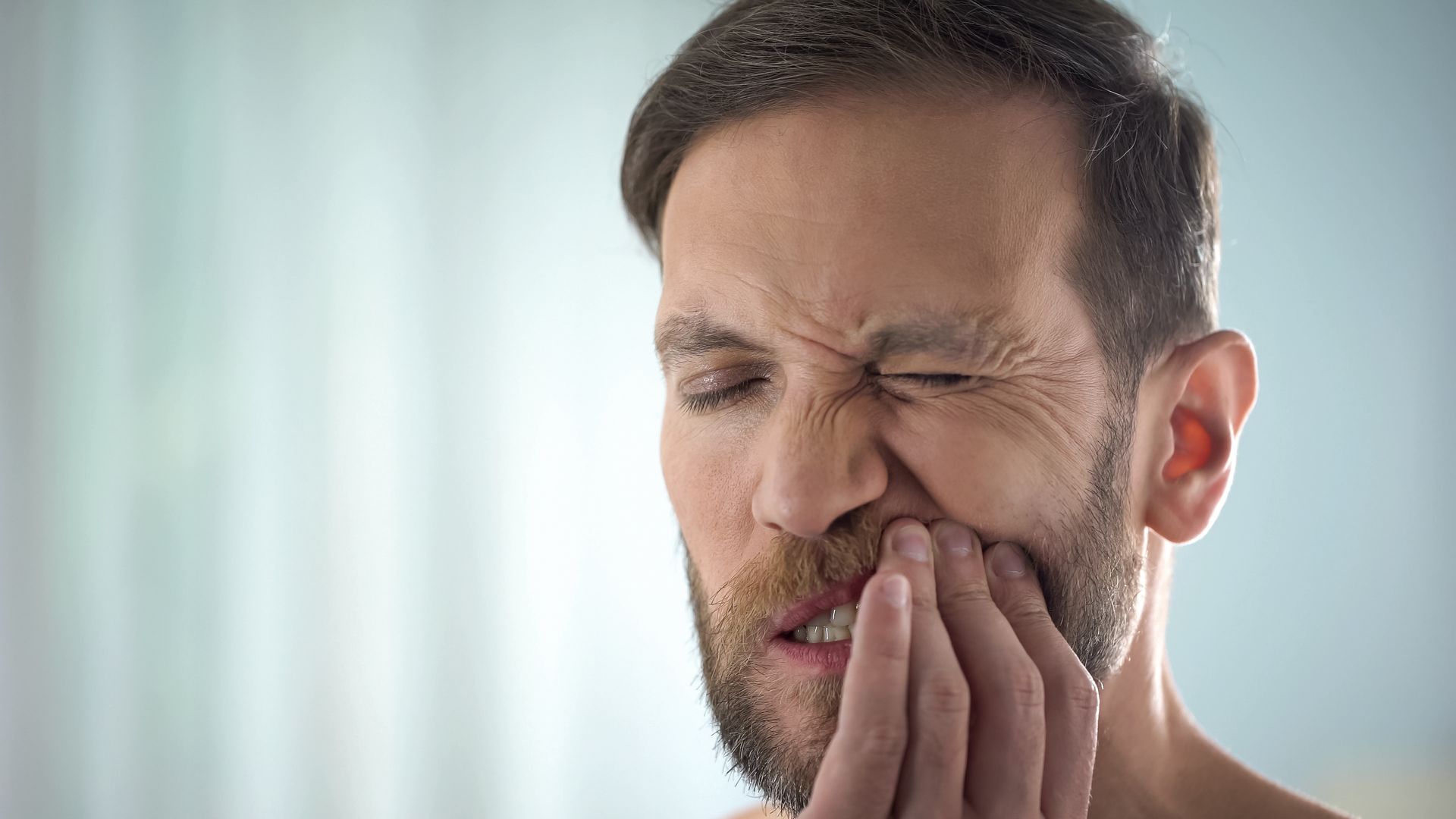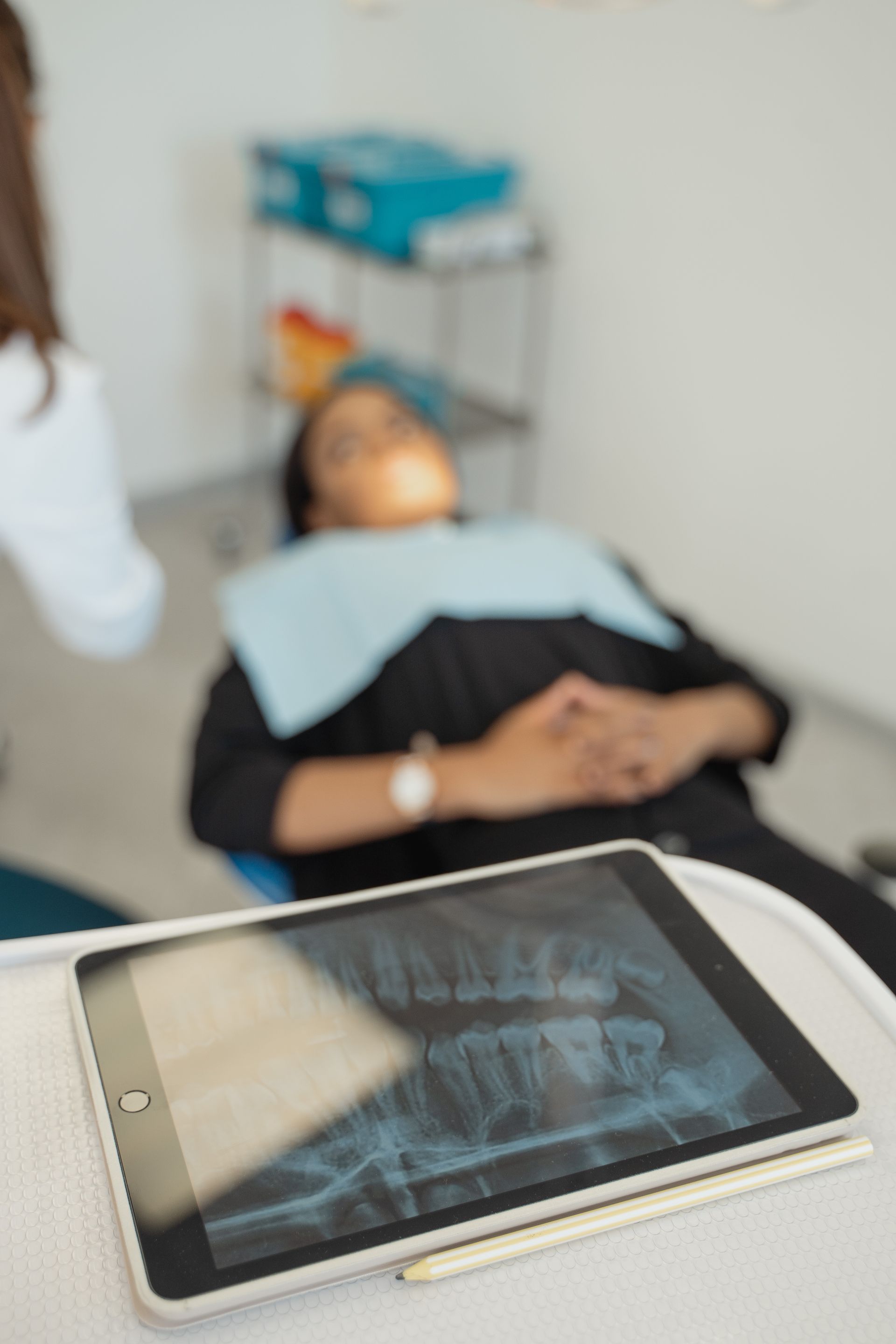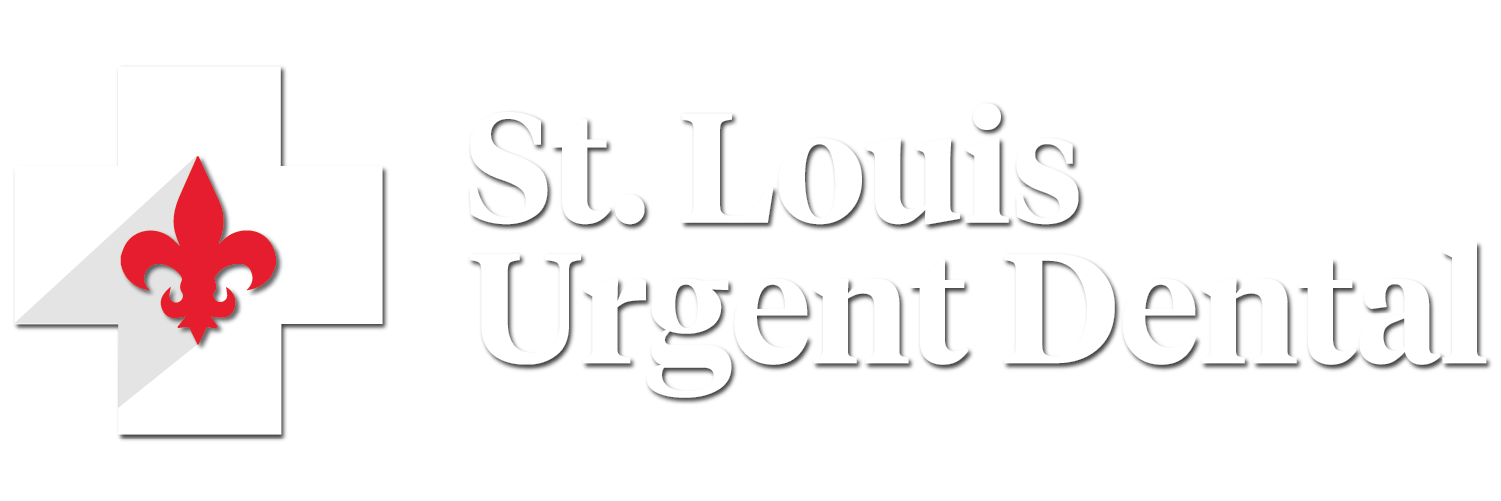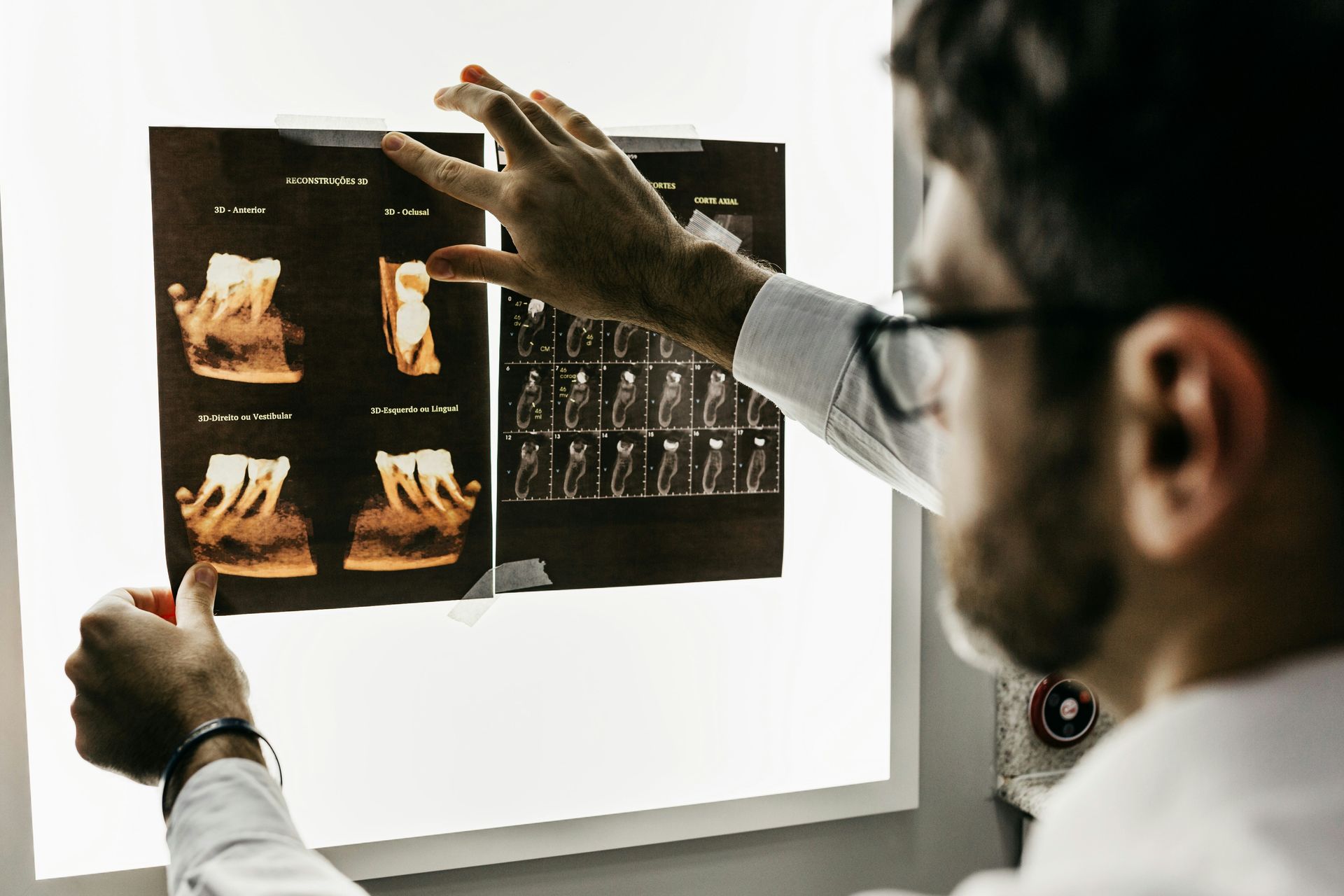What To Do During A Dental Emergency
Dental emergencies can be frightening and painful and often happen when you least expect them. Knowing how to respond quickly and effectively can significantly affect the outcome, whether it's a knocked-out tooth, a severe toothache, or broken dental work.
This comprehensive guide will explain the steps to take during common dental emergencies, helping you protect your teeth and gums until you can see a dentist.
Understanding Dental Emergencies
Before diving into specific scenarios, it's essential to understand what constitutes a dental emergency. Generally, any situation involving severe pain, bleeding, or damage to the teeth, gums, or mouth that requires immediate attention qualifies as a dental emergency. Common emergencies include:
- Knocked-out teeth
- Severe toothaches
- Broken, chipped, or cracked teeth
- Lost or broken fillings, crowns, or other dental restorations
- Abscesses or infections
- Bleeding or swollen gums
- Injuries to the lips, cheeks, or tongue
If you're unsure whether your situation is a dental emergency, it's better to err on the side of caution and contact your dentist for advice. Quickly acting can prevent further complications and increase the chances of saving your tooth.
What to Do If a Tooth Gets Knocked Out
A knocked-out tooth, or avulsed tooth, is one of the most severe dental emergencies. The sooner you act, the better the chances of saving the tooth.
Step 1: Find the Tooth
- Locate the tooth immediately. To avoid damaging the delicate root fibers, handle it by the crown (the part you chew with), not the root.
Step 2: Rinse the Tooth
- If the tooth is dirty, gently rinse it with milk or water. Do not use soap or scrub the tooth; avoid drying it or wrapping it in a tissue or cloth.
Step 3: Reinsert the Tooth (If Possible)
- Try to place the tooth back into its socket. Hold it in place by gently biting down on a clean gauze or cloth.
- If you can't reinsert the tooth, keep it moist by placing it in a milk container or saline solution.
- If these aren't available, you can hold the tooth inside your cheek to keep it wet, but only if you are conscious and won't swallow it.
Step 4: Seek Immediate Dental Care
- Time is critical. The best chance of saving the tooth is within 30 to 60 minutes.
- Call your dentist or visit an emergency dental clinic immediately after the incident so they are ready for you.

What to Do for Severe Toothaches
Toothaches can happen from various issues, including cavities, infections, or trauma. Severe pain that doesn't go away signifies that you need urgent dental care.
Step 1: Rinse Your Mouth
- Rinse your mouth with warm water to clean the area.
- Sometimes, food particles stuck between the teeth can cause pain, so gently floss around the affected tooth to remove debris.
Step 2: Apply a Cold Compress
- If your face is swollen, apply a cold compress to the outside of your cheek to reduce swelling and numb the pain.
- Do not apply heat, as this could worsen the inflammation.
Step 3: Take Over-the-Counter Pain Relievers
- To manage the pain, you can take over-the-counter pain relievers like ibuprofen or acetaminophen.
- Avoid placing aspirin directly on the gums or the tooth, as this can burn the gum tissue.
Step 4: Contact Your Dentist
- Never ignore a severe toothache. It could indicate an infection, abscess, or serious issue requiring prompt treatment.
- Contact your dentist as soon as possible to schedule an emergency appointment.
What to Do If a Tooth is Broken, Chipped, or Cracked
A broken, chipped, or cracked tooth can vary in severity, but it always requires attention to prevent further damage or infection.
Step 1: Rinse Your Mouth
- Rinse your mouth with warm water to clean the area and remove any debris.
Step 2: Save the Broken Pieces (If Possible)
- If you can find the pieces of your broken tooth, save them and rinse them with water.
- Store them in a container of milk or saliva to keep them moist.
Step 3: Apply a Cold Compress
- If you experience pain or swelling, apply a cold compress to the outside of your cheek
- This can help reduce swelling and relieve pain.
Step 4: Cover Sharp Edges
- If the tooth has a sharp or jagged edge, cover it with sugarless gum or wax paraffin to prevent it from cutting your tongue or cheek.
Step 5: Seek Dental Care
- Depending on the severity, your dentist may be able to repair the tooth with a filling, crown, or other dental restoration.
- Schedule an appointment as soon as possible to prevent further damage or infection.
What to Do If a Filling or Crown Falls Out
Lost fillings or crowns can expose sensitive parts of your tooth, leading to pain or further damage.
Step 1: Retrieve the Filling or Crown
- If possible, find the filling or crown and keep it safe.
- Rinse it with water to clean it.
Step 2: Protect the Tooth
- If you can't see your dentist immediately, use dental cement (available at most drugstores) to cover the tooth temporarily.
- Avoid using over-the-counter adhesives that aren't designed for dental use.
Step 3: Avoid Using the Tooth
- Try not to chew on the affected side of your mouth to avoid further damage to the tooth.
Step 4: Contact Your Dentist
- Make an appointment with your dentist as soon as possible to have the filling or crown replaced.
- Delaying treatment could lead to further complications, such as an infection or the need for a root canal.

What to Do If You Have a Dental Abscess
A dental abscess is a severe infection at the root of a tooth or between the tooth and gum. It's a potentially life-threatening condition that requires immediate attention.
Step 1: Rinse Your Mouth
- Rinse your mouth with a mild saltwater solution to reduce the bacteria and ease the pain.
Step 2: Do Not Attempt to Drain the Abscess
- Never attempt to drain an abscess on your own.
- This can spread the infection or cause further complications.
Step 3: Manage the Pain
- Take over-the-counter pain relievers to manage the pain.
- You can also apply a cold compress to the outside of your cheek to reduce swelling.
Step 4: Seek Immediate Dental Care
- A dental abscess requires urgent treatment. Contact your dentist immediately or visit an emergency dental clinic.
- If left untreated, the infection could spread to other parts of your body, leading to serious health complications.
Preventing Dental Emergencies
While not all dental emergencies are preventable, taking steps to protect your teeth and gums can reduce your risk:
Maintain Good Oral Hygiene
- Brush and floss regularly to keep your teeth and gums healthy.
Wear a Mouthguard
- If you play sports or grind your teeth at night, wear a mouthguard to protect your teeth.
Avoid Chewing Hard Objects
- Don't chew on ice, popcorn kernels, or other hard objects that can crack your teeth.
Visit Your Dentist Regularly
- Regular dental check-ups can help catch and address potential issues before they become emergencies.
Call STL Urgent Dental Today
Dental emergencies can be stressful, but knowing how to respond can make all the difference. By following these steps, you can protect your teeth and minimize damage until you can get professional care. Remember, when in doubt, always contact your dentist for advice—prompt action can save your teeth and prevent more serious complications.
Our St. Louis Urgent Dental team is here to help with your urgent, after-hours dental needs! We are open seven days a week (until 9 p.m. M- F) and deal with dental emergencies, including root canals, crowns, socket grafting, extractions, implants, broken teeth, and more. Please note that we are a "problem-focused" clinic and do not perform regular cleanings.
Our procedure pricing and other details are on our website. Schedule an appointment, and you'll be smiling again in no time!









